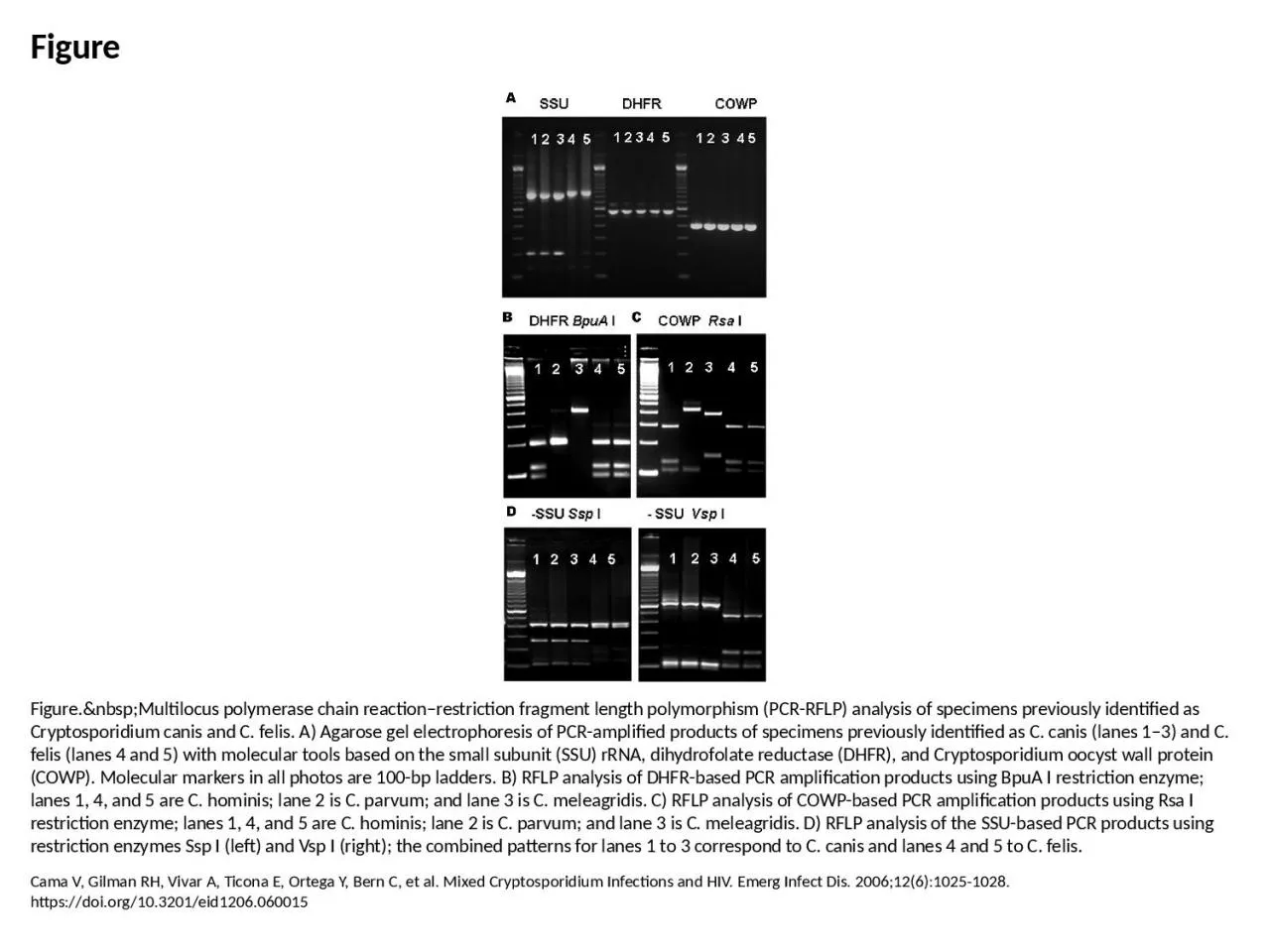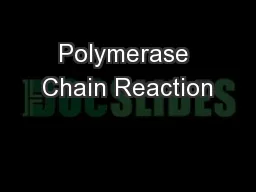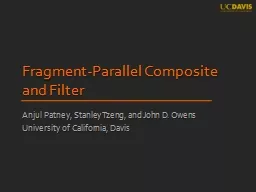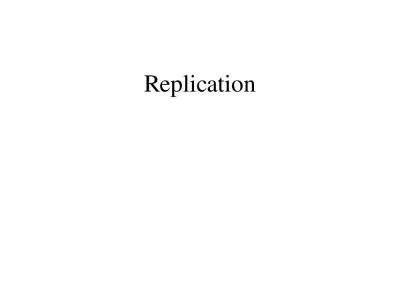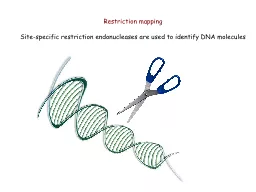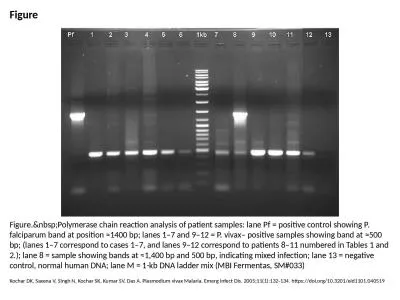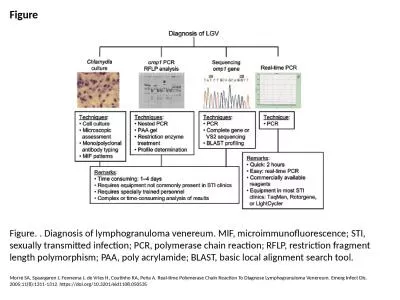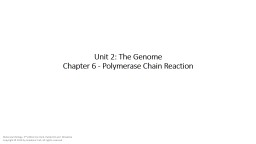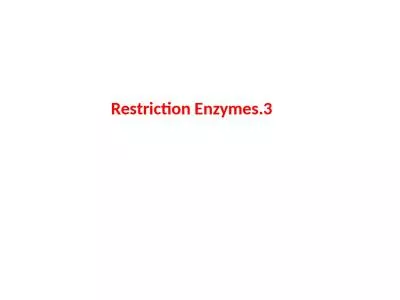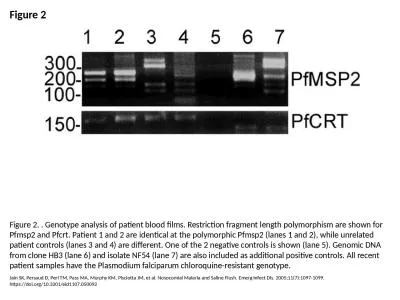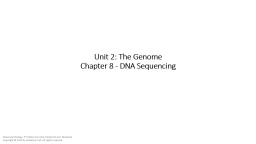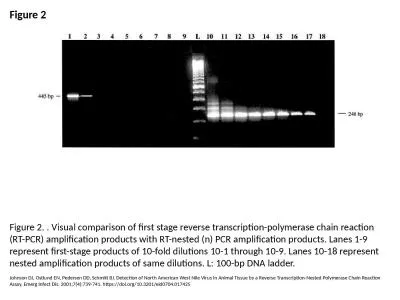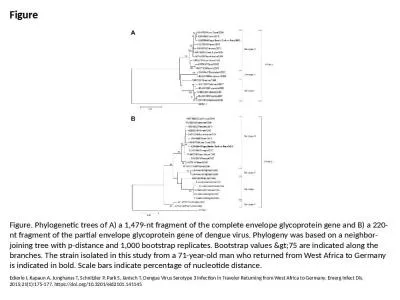PPT-Figure Figure. Multilocus polymerase chain reaction–restriction fragment length
Author : mackenzie | Published Date : 2024-01-13
Cama V Gilman RH Vivar A Ticona E Ortega Y Bern C et al Mixed Cryptosporidium Infections and HIV Emerg Infect Dis 200612610251028 httpsdoiorg103201eid1206060015
Presentation Embed Code
Download Presentation
Download Presentation The PPT/PDF document "Figure Figure. Multilocus polym..." is the property of its rightful owner. Permission is granted to download and print the materials on this website for personal, non-commercial use only, and to display it on your personal computer provided you do not modify the materials and that you retain all copyright notices contained in the materials. By downloading content from our website, you accept the terms of this agreement.
Figure Figure. Multilocus polymerase chain reaction–restriction fragment length: Transcript
Download Rules Of Document
"Figure Figure. Multilocus polymerase chain reaction–restriction fragment length"The content belongs to its owner. You may download and print it for personal use, without modification, and keep all copyright notices. By downloading, you agree to these terms.
Related Documents

